Have you ever been afraid that an earwig might sneak into your ear and lay eggs inside your brain? If this thought has ever occurred to you, then you’ve been influenced by a long-standing misconception. Despite the possible damage they can inflict on crops and structures, earwigs are not harmful to humans. They are, in fact, quite intriguing insects. Have a look at these 25 Remarkably Intriguing Earwig Facts That You Probably Didn’t Know!
Earwigs are part of the insect order Dermaptera. With about 2,000 species in 12 families, they are one of the smallest insect orders.
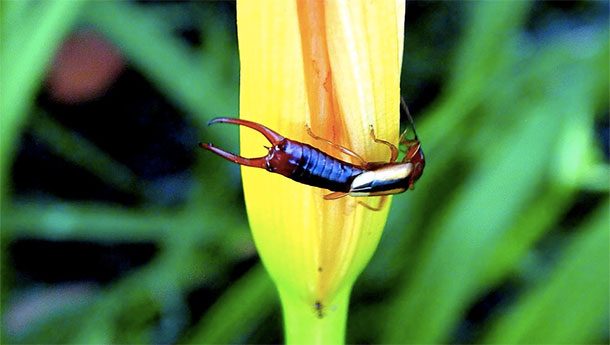 Source: scientificamerican.com
Source: scientificamerican.com They are found on all continents except Antarctica.
 Source: nationalgeographic.com
Source: nationalgeographic.com They are mostly nocturnal, hiding in small moist crevices during the day.
 Source: nationalgeographic.com
Source: nationalgeographic.com Earwigs feed on a wide variety of insects and plants. Typically, damage to various crops and plants is blamed on earwigs.
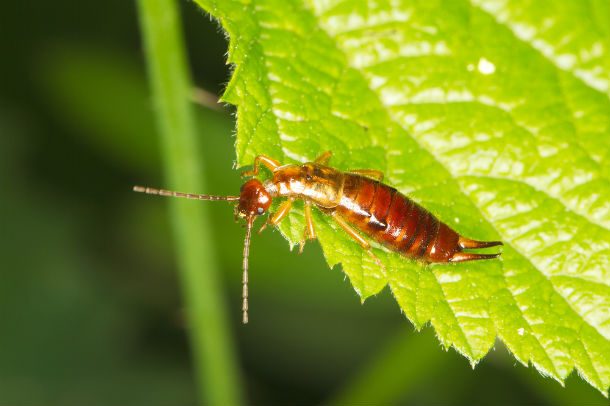 Source: nationalgeographic.com
Source: nationalgeographic.com Many earwig species display maternal care, which is uncommon among insects.
 Source: nationalgeographic.com
Source: nationalgeographic.com The scientific name "dermaptera" is derived from ancient Greek, stemming from the words "derma" meaning "skin" and "ptera" meaning "wings."
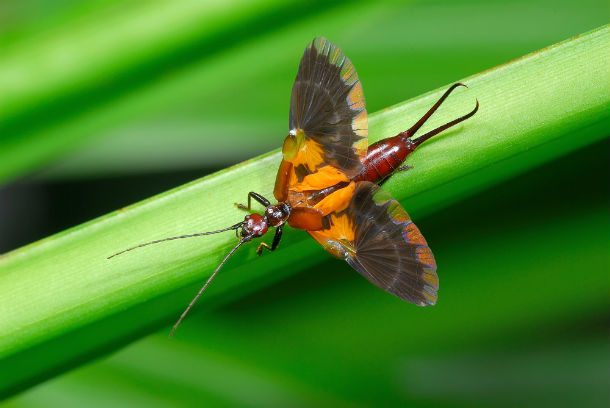 Source: scientificamerican.com
Source: scientificamerican.com The common term "earwig" is derived from Old English "ēare" meaning "ear" and "wicga" meaning "insect."
 Source: scientificamerican.com
Source: scientificamerican.com Entomologists believe the name stems from the fact that an earwig's hind wings are unique among insects.
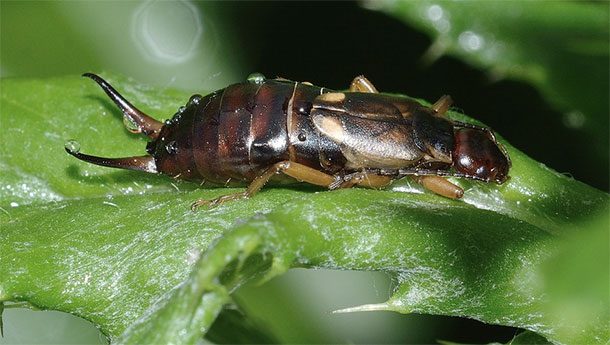 Source: scientificamerican.com
Source: scientificamerican.com Also, they resemble a human ear when folded.
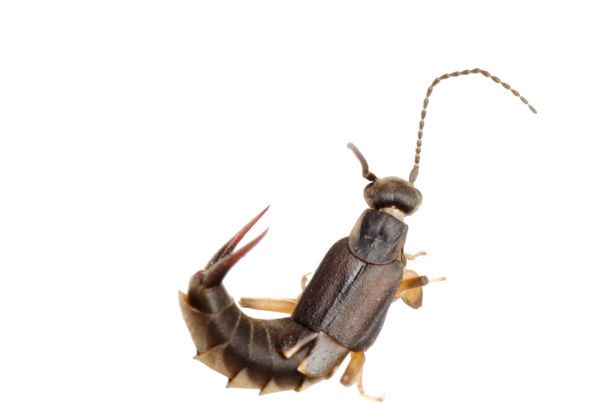 Source: scientificamerican.com
Source: scientificamerican.com More popularly though, it is believed that the name is related to an old wive's tale which claims that earwigs burrow into people's brains through their ears and lay their eggs there.
 Source: bbc.com
Source: bbc.com Luckily, this old wives’ tale is not true. However, there are a few old wives’ tales that do hold quite a bit of truth. Curious? Check out 25 Old Wives’ Tales That Are Actually True.
Scientists, however, have never found evidence of earwigs burrowing into ear canals. There have been anecdotal reports though.
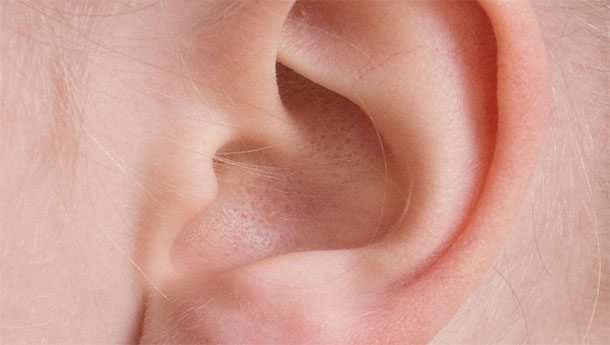 Source: scientificamerican.com
Source: scientificamerican.com Earwigs are found all over the world, but luckily, there is no evidence they transmit diseases to humans or animals.
 Source: nationalgeographic.com
Source: nationalgeographic.com Although their pincers are often believed to be dangerous, even the curved pincers of the male cause no harm to humans.
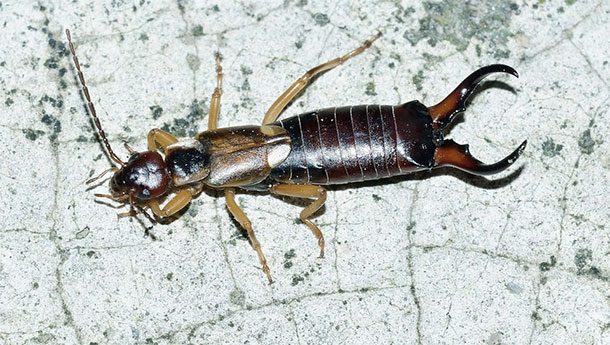 Source: nationalgeographic.com
Source: nationalgeographic.com Although they are typically seen as destructive to crops, there is a debate as to whether earwigs can also be beneficial since they eat other invasive species, like aphids.
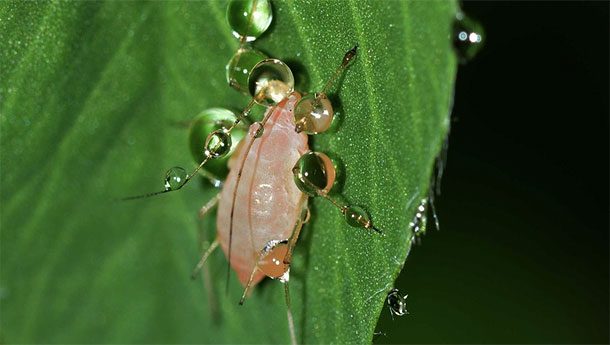 Source: bbc.com
Source: bbc.com In rural parts of England, earwigs are called battle-twigs.
 Source: nationalgeographic.com
Source: nationalgeographic.com It only takes an earwig about 20 to 70 days to become an adult. Talk about growing up quickly!
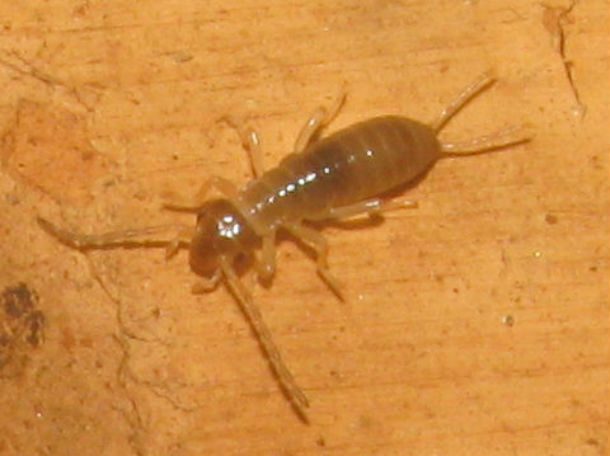 Source: facts.net
Source: facts.net In some parts of Japan, earwigs are called Chinpo-Basami, which translates to "penis cutter." Entomologists believe this is because they used to be found around old Japanese-style toilets.
 Source: yahoo.com. bbc.com
Source: yahoo.com. bbc.com North America has about 25 species of earwig; Europe has 45; and Australia has a whopping 60!
 Source: nationalgeographic.com
Source: nationalgeographic.com The largest species can also be found in Australia. It is appropriately called the Australian giant earwig and can be more than 55 mm (2 in) long!
 Source: scientificamerican.com
Source: scientificamerican.com Although most earwigs have wings and are capable of flight, they are rarely seen flying.
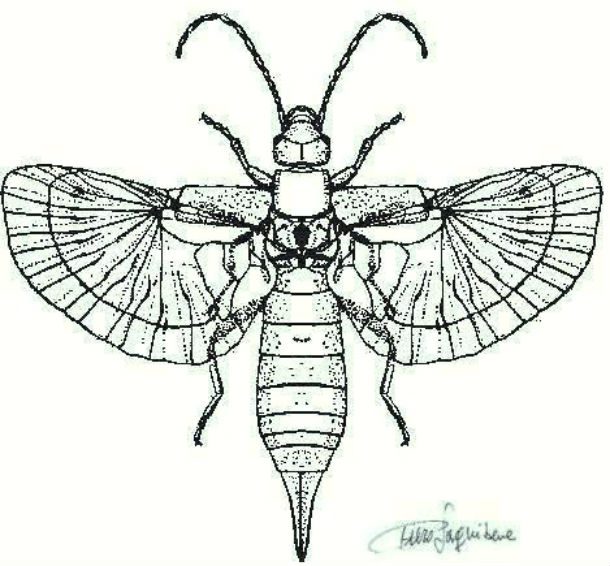 Source: scientificamerican.com
Source: scientificamerican.com A few earwig species are both wingless and blind.
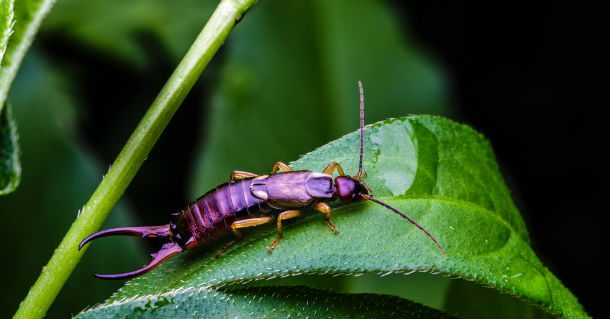 Source: scientificamerican.com
Source: scientificamerican.com Earwigs live for about 1 year after hatching.
 Source: nationalgeographic.com
Source: nationalgeographic.com For protection from predators, some species can squirt foul smelling yellow liquid from their bodies.
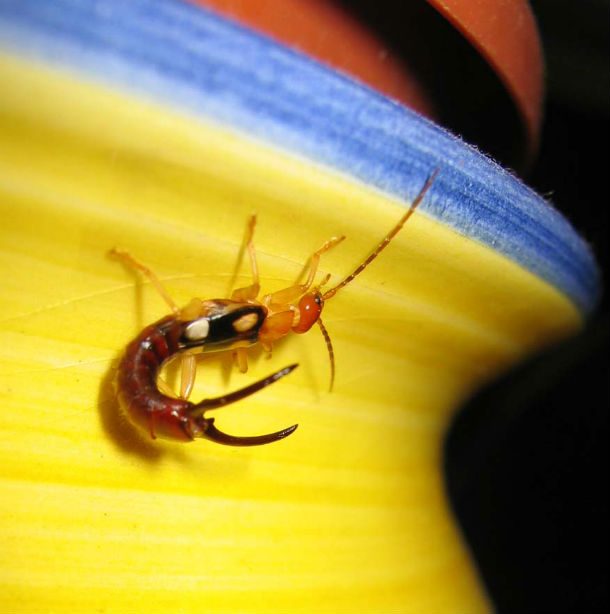 Source: orkin.com
Source: orkin.com Earwig eggs and nymphs are sometimes cannibalized by other earwigs.
 Source: nationalgeographic.com
Source: nationalgeographic.com "To earwig" is a slang term that means "to eavesdrop."
 Source: washingtonpost.com
Source: washingtonpost.com Lists Going Viral Right Now
Images: Featured Image: shutterstock, 25-23. pixabay (public domain), 22. shutterstock, 21. pixabay (public domain), 20. shutterstock, 19. wikimedia commons (public domain), 18. pixabay (public domain), 17. shutterstock, 16-12. pixabay (public domain), 11. shutterstock, 10. wikimedia commons (public domain), 9-7. pixabay (public domain), 6. Piero sagnibene from it, Dermaptera ps1, CC BY-SA 3.0, 5. shutterstock, 4. pixabay (public domain), 3. Assafn, Forficula 2, CC BY 2.5, 2-1. pixabay (public domain)



























